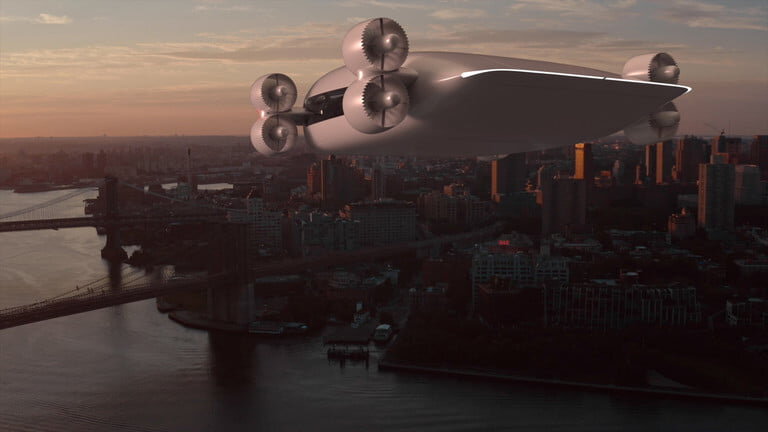#Fish sensory organ key to improving navigational skills of underwater robots

Table of Contents
“Fish sensory organ key to improving navigational skills of underwater robots”

Scientists, led by University of Bristol, have been studying a fish sensory organ to understand cues for collective behavior which could be employed on underwater robots.
This work was centered around the lateral line sensing organ in African cichlid fish, but found in almost all fish species, that enables them to sense and interpret water pressures around them with enough acuity to detect external influences such as neighboring fish, changes in water flow, predators and obstacles.
The lateral line system as a whole is distributed over the head, trunk and tail of the fish. It is comprised of mechanoreceptors (neuromasts) that are either within subdermal channels or on the surface of the skin.
Lead author Elliott Scott of the University of Bristol’s Department of Engineering Mathematics explained, “We were attempting to find out if the different areas of the lateral line—the lateral line on the head versus the lateral line on the body, or the different types of lateral line sensory units such as those on the skin, versus those under it, play different roles in how the fish is able to sense its environment through environmental pressure readings.
“We did this in a novel way, by using hybrid fish, that allowed for the natural generation of variation.”
They discovered the lateral line system around the head has the most important influence on how well fish are able to swim in a shoal, Meanwhile, the presence of more lateral line sensory units, neuromasts, that are found under the skin result in fish swimming closer together, while a greater presence of neuromasts on the skin tend to result in fish swimming further apart.
In simulation, the researchers were able to show how the mechanisms behind the lateral line work are applicable at not just the tiny scales found in actual fish, but at larger scales too. This could inspire a novel type of easily-manufactured pressure sensor for underwater robotics, particularly swarm robotics, where cost is a large factor.
Elliott said, “These findings provide a better understanding of how the lateral line informs shoaling behavior in fish, while also contributing a novel design of inexpensive pressure sensor that could be useful on underwater robots that have to navigate in dark or murky environments.”
The team now plan to develop the sensor further and integrate it into a robotic platform to help a robot navigate underwater and demonstrate its effectiveness.
The paper is published in Royal Society Open Science.
Elliott Scott et al, Lateral line morphology, sensory perception and collective behaviour in African cichlid fish, Royal Society Open Science (2023). DOI: 10.1098/rsos.221478. royalsocietypublishing.org/doi/10.1098/rsos.221478
Citation:
Fish sensory organ key to improving navigational skills of underwater robots (2023, January 24)
retrieved 24 January 2023
from https://phys.org/news/2023-01-fish-sensory-key-skills-underwater.html
This document is subject to copyright. Apart from any fair dealing for the purpose of private study or research, no
part may be reproduced without the written permission. The content is provided for information purposes only.
If you liked the article, do not forget to share it with your friends. Follow us on Google News too, click on the star and choose us from your favorites.
For forums sites go to Forum.BuradaBiliyorum.Com
If you want to read more Like this articles, you can visit our Science category.




